2024 - Unknown microbes are emerging from beneath the permafrost, oceans, in volcanic ash, and more. Did they originate on Earth, arrive from outer space or both? How did they influence the destiny of evolution past and future?
Ancient Viruses May Have Given Our Ancestors The Edge to Evolve Live Science - July 28, 2024

Scientists have found the remnants of genomes left by ancient, giant viruses within the DNA of a single-celled organism with which complex organisms like ourselves share a common ancestor.
A microbe is an organism that is too small to be visible to the naked eye. Microorganisms are often described as single-celled, or unicellular organisms; however, some unicellular protists are visible to the naked eye, and some multicellular species are microscopic. The study of microorganisms is called microbiology.
The possible existence of unseen microbial life was suspected from ancient times, such as in Jain scriptures from sixth century BC India.
The scientific study of microorganisms began with their observation under the microscope in the 1670s by Anton van Leeuwenhoek. In the 1850s, Louis Pasteur found that microorganisms caused food spoilage, debunking the theory of spontaneous generation. In the 1880s, Robert Koch discovered that microorganisms caused the diseases tuberculosis, cholera, diphtheria, and anthrax.
Microorganisms can have very different habitats, and live everywhere from the poles to the equator, deserts, geysers, rocks, and the deep sea. Some are adapted to extremes such as very hot or very cold conditions, others to high pressure, and a few, such as Deinococcus radiodurans, to high radiation environments.
Microorganisms also make up the microbiota found in and on all multicellular organisms. There is evidence that 3.45-billion-year-old Australian rocks once contained microorganisms, the earliest direct evidence of life on Earth.
Microbes are important in human culture and health in many ways, serving to ferment foods and treat sewage, and to produce fuel, enzymes, and other bioactive compounds. Microbes are essential tools in biology as model organisms and have been put to use in biological warfare and bioterrorism.
Microbes are a vital component of fertile soil. In the human body, microorganisms make up the human microbiota, including the essential gut flora. The pathogens responsible for many infectious diseases are microbes and, as such, are the target of hygiene measures.
Microorganisms are found in virtually every habitat present in nature. Even in hostile environments such as the poles, deserts, geysers, rocks, and the deep sea, some types of microorganisms have adapted to the extreme conditions and sustained colonies; these organisms are known as extremophiles.
Microorganisms are used in brewing, baking and other food-making processes. They are also essential tools in biotechnology and the study of biochemistry, genetics and molecular biology.
They can also be harmful as a significant cause of human disease. Some have been used in biological weapons.
Microorganisms have an important place in all ecosystems and in most higher-order multicellular organisms (as symbionts). They are vital to the environment, as they participate in the Earth's element cycles such as the carbon and nitrogen cycles. They are also involved in the recycling of other organisms' dead remains and waste products. Read more ...
Ancient Viruses May Have Given Our Ancestors The Edge to Evolve Live Science - July 28, 2024

Scientists have found the remnants of genomes left by ancient, giant viruses within the DNA of a single-celled organism with which complex organisms like ourselves share a common ancestor.
Methane-Producing Microbes Unlike Any Seen Before Found In Yellowstone's Hot Springs IFL Science - July 26, 2024
Two groups of microbes have been found living in hot water in Yellowstone National Park. The existence of the groups was known previously, because their DNA had been detected and it was clearly unlike anything we knew, but this is the first time the organisms themselves have been seen and described. Something this different from the rest of the tree of life was bound to be discovered.
This goes to #4 on my list of the Origins of Covid
Never-before-seen microbes locked in glacier ice could spark a wave of new pandemics if released Live Science - July 1, 2022
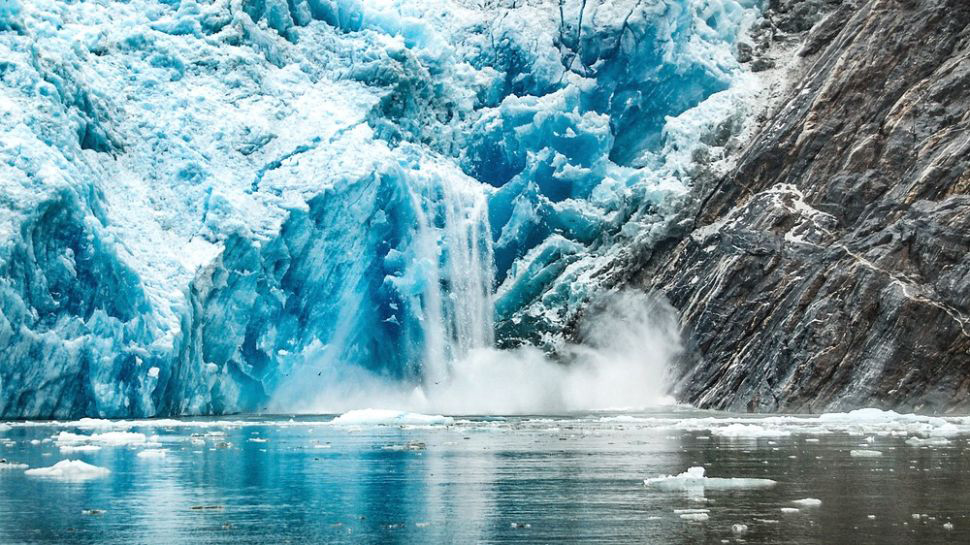
Stunned scientists have uncovered more than 900 never-before-seen species of microbes living inside glaciers on the Tibetan Plateau. Analysis of the microbes' genomes revealed that some have the potential to spawn new pandemics, if rapid melting caused by climate change releases them from their icy prison.
Microbes in The Ocean Depths Can Make Oxygen Without Sun. This Discovery Could Be Huge Science Alert - January 11, 2022
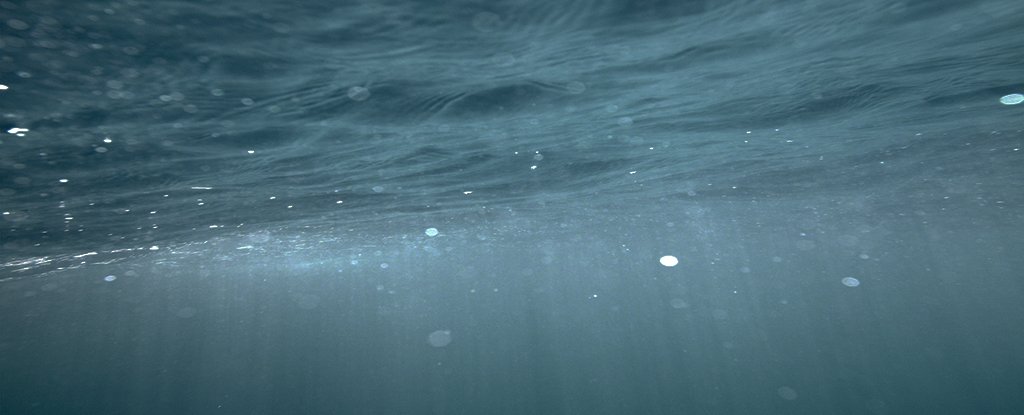
For most of life on Earth, oxygen is essential, and sunlight is usually needed to produce that oxygen. But in an exciting twist, researchers have caught a common, ocean-dwelling microbe breaking all the rules.
Microbes may have lived in the underground for more than a billion years PhysOrg - November 1, 2021
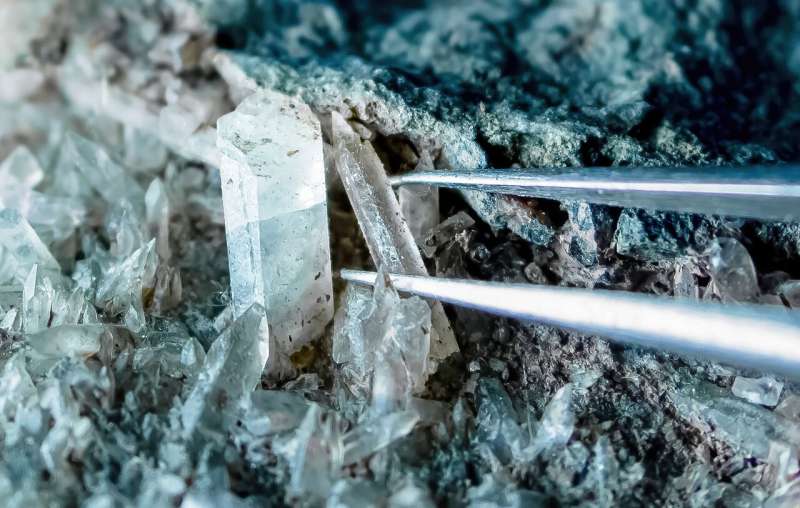
The deep, dark, and anoxic fracture systems of the Precambrian cratons on Earth are home to microorganisms that get their energy from consumption of gases, nutrients in fluids, and sparsely available organic carbon. Most current estimates show that this deep biosphere hosts the majority of microbial life on Earth, and about 10-20% of all terrestrial biomass.
Missing Antarctic microbes raise thorny questions about the search for aliens Science News - August 11, 2021
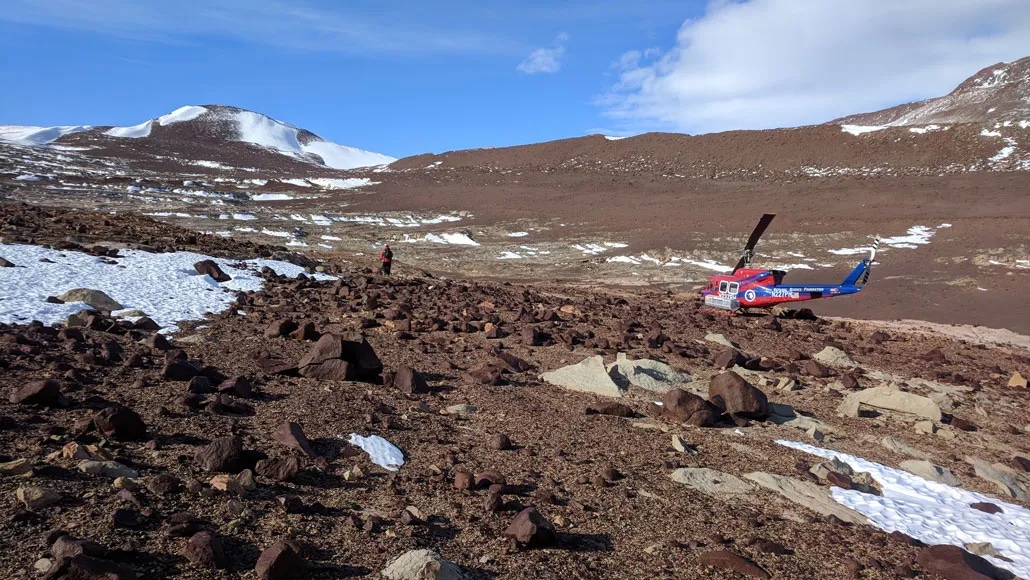
Even in the harshest environments, microbes always seem to get by. They thrive everywhere from boiling-hot seafloor hydrothermal vents to high on Mt. Everest. Clumps of microbial cells have even been found clinging to the hull of the International Space Station. There was no reason for microbial ecologist Noah Fierer to expect that the 204 soil samples he and colleagues had collected near Antarctica's Shackleton Glacier would be any different. A spoonful of typical soil could easily contain billions of microbes, and Antarctic soils from other regions host at least a few thousand per gram. So he assumed that all of his samples would host at least some life, even though the air around Shackleton Glacier is so cold and so arid that Fierer often left his damp laundry outside to freeze-dry.
These Bizarre Underground Microbes Haven't Evolved For 175 Million Years Science Alert - April 10, 2021
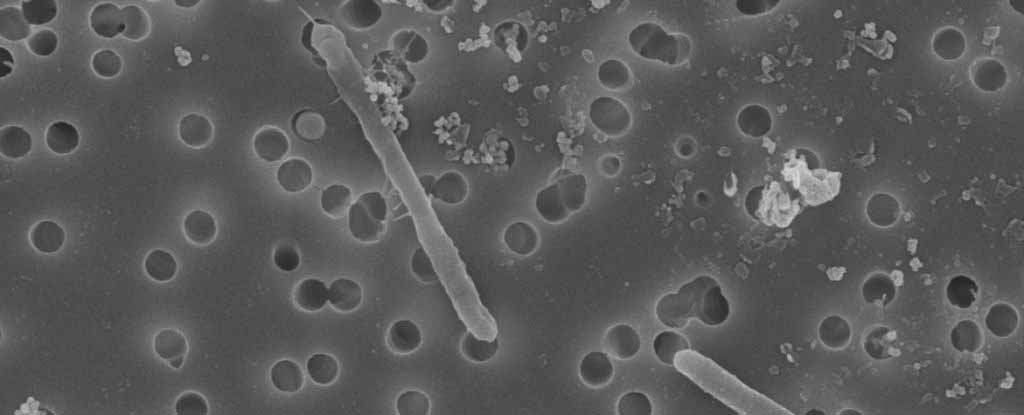
A genetic analysis of microbes of the species Candidatus Desulforudis audaxviator (CDA) collected from three different continents has revealed that the bacterium has barely evolved since they were last together on the same land mass, Pangaea. That means they have been in what scientists call 'evolutionary stasis' for at least 175 million years, making CDA the only known subterranean living microbial fossil. This could have important implications for our understanding of microbial evolution.
Secrets of Antarctic lake's microbes revealed PhysOrg - August 11, 2020
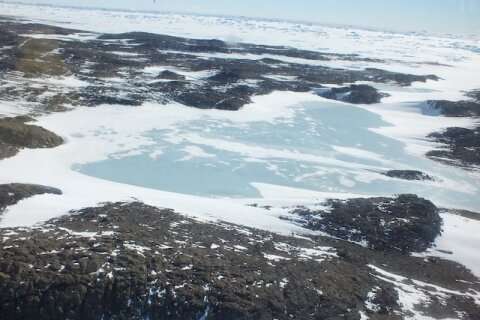
Researchers show how microbes have adapted to the polar light cycle. The researchers found that two types of microbes - green sulfur bacteria (GSB) and cyanobacteria - were most abundant in the lake, and that they were highly influenced by light availability. The GSB decreased in numbers in winter and bounced back to higher levels in spring.
Antarctic Microbes Can Survive on Air Alone Live Science - December 14, 2017
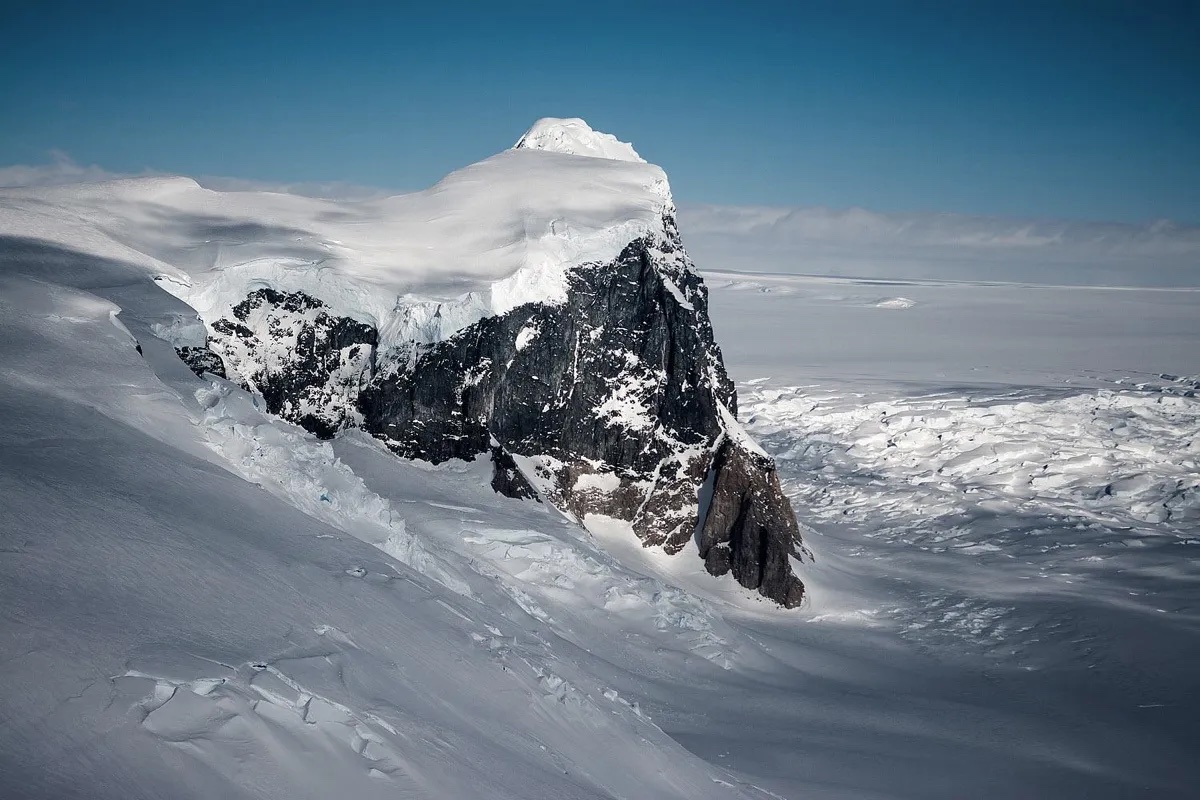
Talk about an extreme diet. Antarctic microbes are capable of surviving on air. Soil microbes that live in polar deserts must contend with extremely dry conditions, nutrient-poor dirt and 24-hour darkness for half the year. Now, a genetic study of some of these microscopic survivors reveals that they pull it off by gleaning trace gases right out of thin air. This new understanding about how life can still exist in physically extreme and nutrient-starved environments like Antarctica opens up the possibility of atmospheric gases supporting life on other planets.
Did Microbes Shape the Human Life Span? Live Science - December 24, 2014
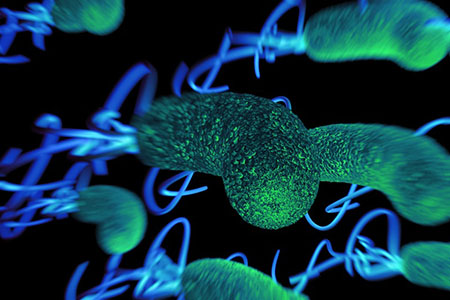
The microbes that live in and on humans may have evolved to preferentially take down the elderly in the population, a new computer model suggests. That, in turn, could have allowed children a greater share of food and resources, thereby enabling an extended childhood. Such a microbial bias may also have kept the first human populations more stable and resilient to upheavals, the findings suggest.
Microbes to be 'last survivors' on future Earth BBC - July 2, 2013
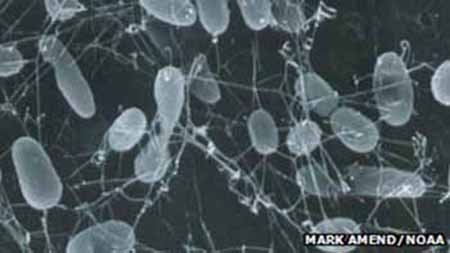
The last surviving creatures on Earth will be tiny organisms living deep underground, according to scientists. Researchers used a computer model to assess our planet's fate billions of years from now. They found that as the Sun becomes hotter and brighter, only microbes would be able cope with the extreme conditions that the solar changes would bring.
Super microbe's life code cracked BBC - January 10, 2005
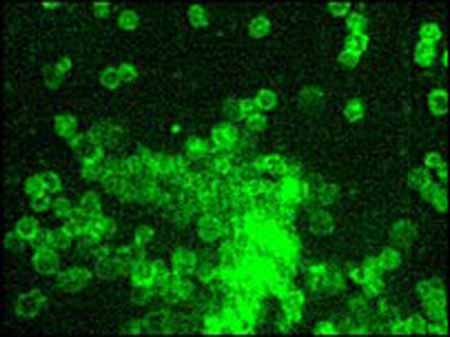
Experts have deciphered the complete DNA sequence for one of the most infectious germs known to science. The Francisella tularensis bacterium is a candidate bioterror weapon, as it takes just 10 microbes to bring on disease in humans. The genome sequencing work is already speeding up the search for a vaccine against the potentially deadly bug.